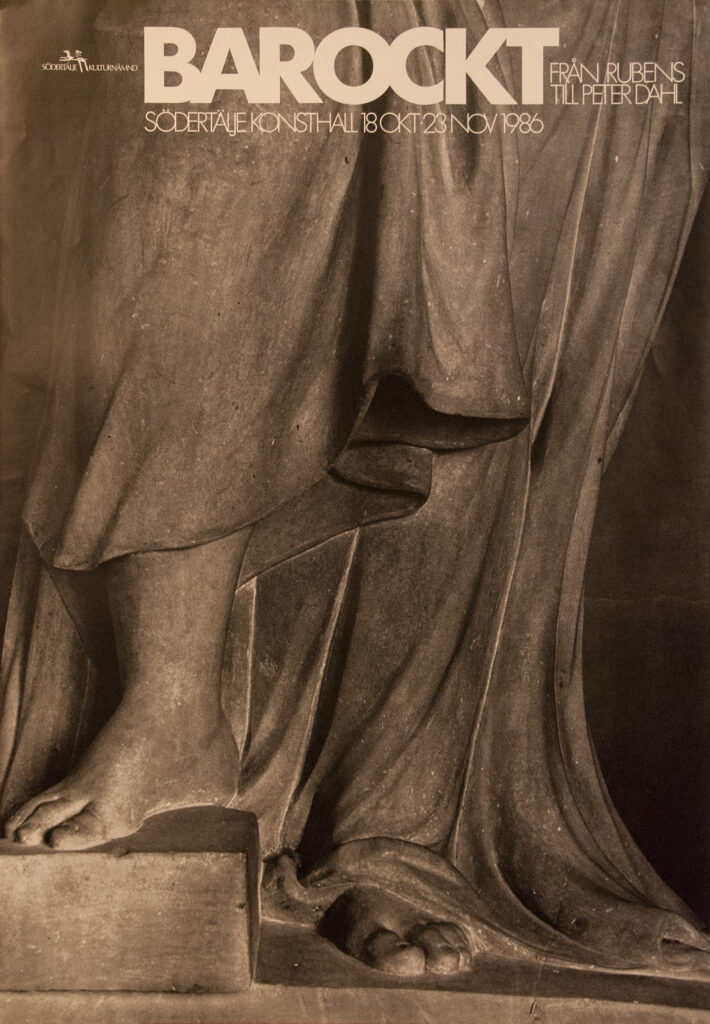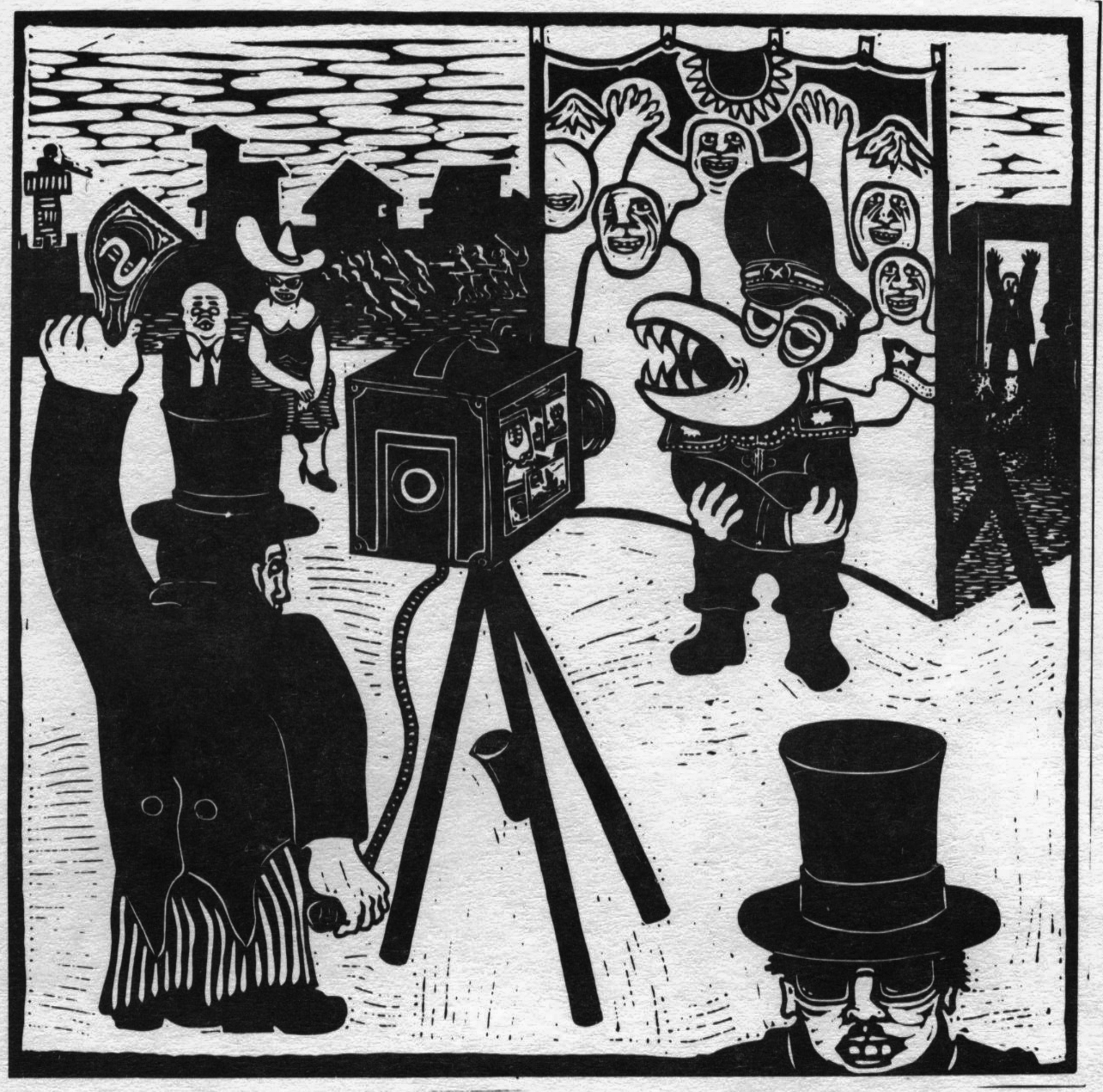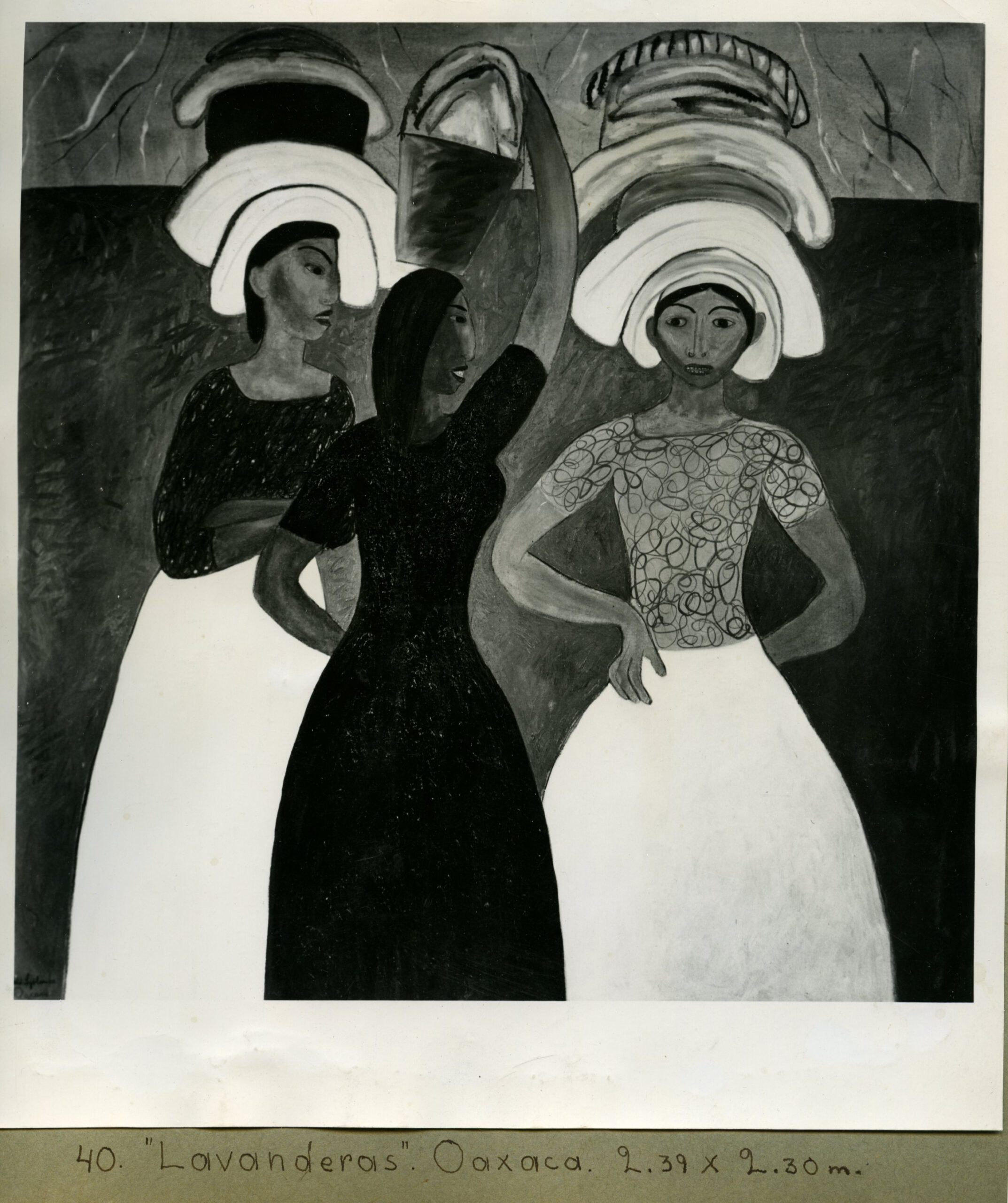


Meetings between continents and cultures: LATIN AMERICA IN EUROPE-EUROPEAN IN LATIN AMERICA
WALDEMAR SJÖLANDER graphics. Graphic company
Death cult in Mexico national exhibition.
“One of the ideas behind this exhibition is that representatives of as many Latin American countries and peoples as possible should meet in a joint manifestation with the visual arts, literature and music as common denominators.” writes the director of Södertälje konsthall/ cultural curator Per Drougge in the exhibition catalog. Many of the artists have roots in indigenous peoples, or are inspired by their cultural design language. Some participants were of Afro-American background. The exhibition also featured ethnography and folklore from the artists’ private archives. An additional aspect was borrowed historical works by internationally renowned Latin European artists such as Roberto Matta.
But the exhibitions got their opening when the country was in a deep state of shock. Prime Minister Olof Palme had just been shot dead at the Sveavägen / Tunnelgatan in nearby Stockholm. On Saturday, artists and staff gathered in the art gallery to go together with Per Drougge to the people’s house to participate in the memorial service for Olof Palme at Trombon. (The city Hall). They chose to postpone the opening until 16:00 when the exhibitions were inaugurated by the cultural committee’s chairman Stig Parborn and Per Drougge. Christer Duke writes in Länstidningen 10/3 1986 “The culture committee’s chairman Stig Parborn inaugurated the art gallery’s exhibition, with a few words of remembrance about Olof Palme, and with a warm-hearted appeal that” we must move on, stand up for each other “. And then the artist Francisco Blanco, Venezuela, shouted happily: We have all been on Per Drougge’s palette when he created this exhibition. An applause for Per!” At the opening, Blanco also read poems by Pablo Neruda and the artist Carlos Capelan painted face masks. It was a very colorful exhibition on many levels. The strong manifestation, the struggle and the will to continue to choose the joy despite difficult messages developed during the opening into a small spontaneous party! Fiesta! Some Chileans came in from the Luna cafeteria with their guitars. There was improvised singing, music and dancing. Grief becomes a weapon called joy!
In the same article, Drougge tells Christer Duke “This is an exhibition in the spirit of Alva Myrdal and Olof Palme, an exhibition for international understanding that wants to unite the continents, broaden our view,” says cultural curator Per Drougge about his exhibition “Latin Americans in Europe – Europeans in Latin America.” 22 artists were invited to the exhibition. All but three were born in Latin America. A common denominator was that most people also received an education in Europe and were thus influenced by European art. Hence the first stanza of the title, Latin Americans in Europe. Of the other three artists, the relationship was the opposite. Waldemar Sjölander, Olle Bonniér and Josephine Siskind made a reverse journey in a shorter or longer time, to document and create. Siskind traveled to Mexico to study, among other things. a mural painting and remained for fifteen years. Bonniér also traveled to Mexico, but the search for the roots of the Mayan culture also took him to Guatemala.
Drougge visited Waldemar Sjölander out in the Mexican jungle and was inspired. The National Museum borrowed the monumental oil painting “Proccession in Oaxaca”, another large painting “The Shark Fishermen” was a loan from the Gothenburg City Theater. The private collector Alf Hermansson (then municipal councilor in Gothenburg who helped form the consortium that enabled Sjölander’s business trip to Mexico) lent out a number of smaller paintings. -Looking for some of the Sjölander paintings has been pure detective work. Otherwise, the Sjölander part is covered by it.
Latin American exhibition mostly about 60 graphic sheets. They come from the large collection from 1944-59 – which is owned by the art collector Bo Pettersson, Drougge tells Christer Duke.
The exhibitions received a lot of attention from the local press. Dagens Nyheters Arne Odéen (15 / 3-21 / 3) writes “The large room has been transformed into an explosion in colors and shapes.” Berta Guerra’s pictures get attention in the article. You take note when she exclaims -The desire to live makes life beautiful. ”/… / Words that actually stand for Berta Guerra’s own images. In them, she tells simply and tenderly about the Latin American woman’s life, love, work and dignity. But those words may well apply to this whole generous exhibition, which wants to give at least a hint of the rich cultural values we here in Sweden receive as a result of the flow of refugees across the seas. ” Berta Guerra and the artist Rolando Perez are today members of the Södertälje artist group, (Södertälje konstnärskrets). The idea was that Rolando would also have a openingat the artist groups own Gallery Kretsen. The opening was canceled due to the Palme murder and a small part of his exhibition was moved into Södertälje konsthall instead. “- Like going to a masquerade, says the art gallery’s manager Per Drougge about his very conscious model of presenting the lushly diverse range.”.
The third exhibition The Cult of Death in Mexico was a complement to the collection of objects the artists contributed. Documents and objects were displayed in connection with Mexico’s major holiday, the Day of the Dead.
Sources: Exhibition catalog quote: Per Drougge, Länstidningen 4/3, 7/3, 10/3 Cultural writer Christer Duke, Photos Anders Andersson and Roland Thunholm, Dagens Nyheter, 15 / 3-21 / 3 Arne Odeén Photo: Jan Nordahl, compiled: Anneli Karlsson.
